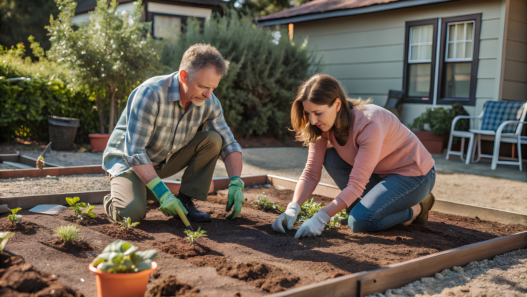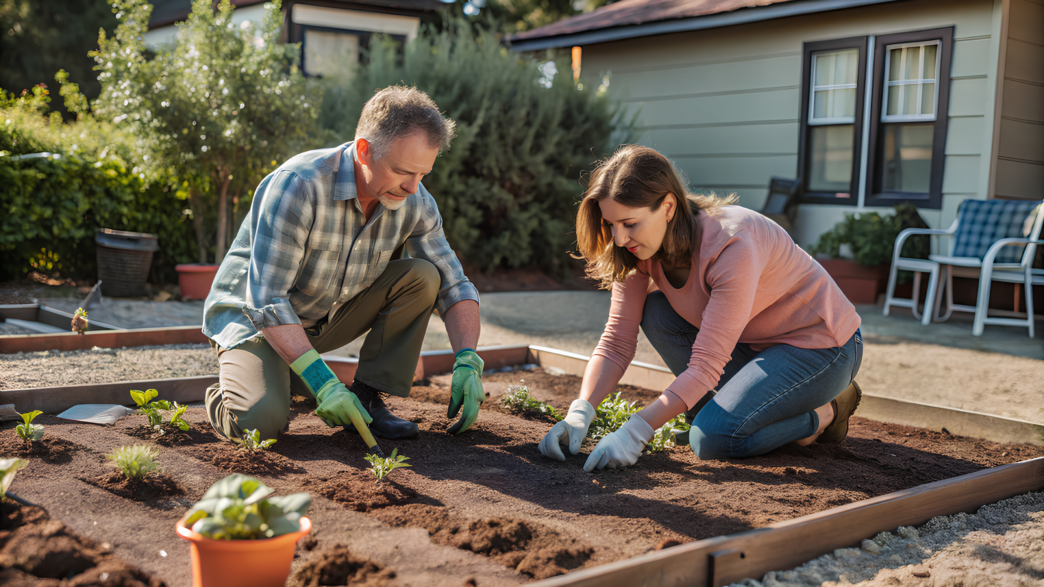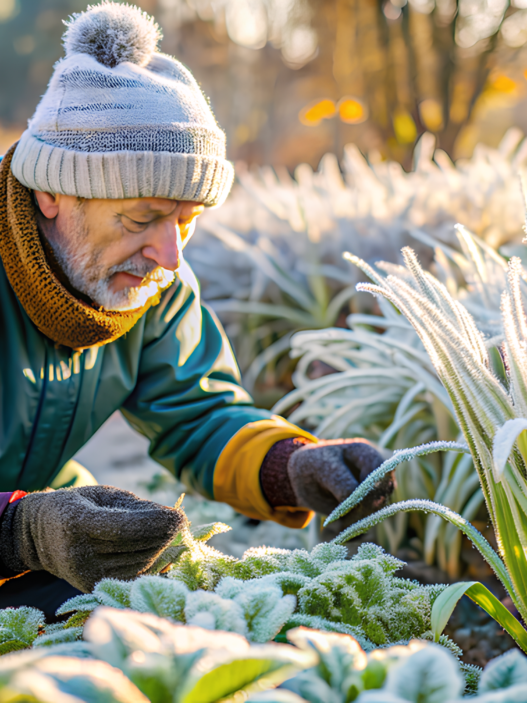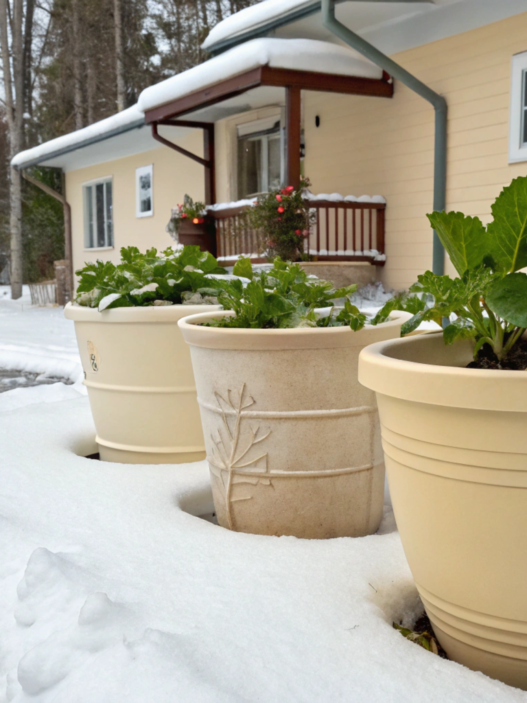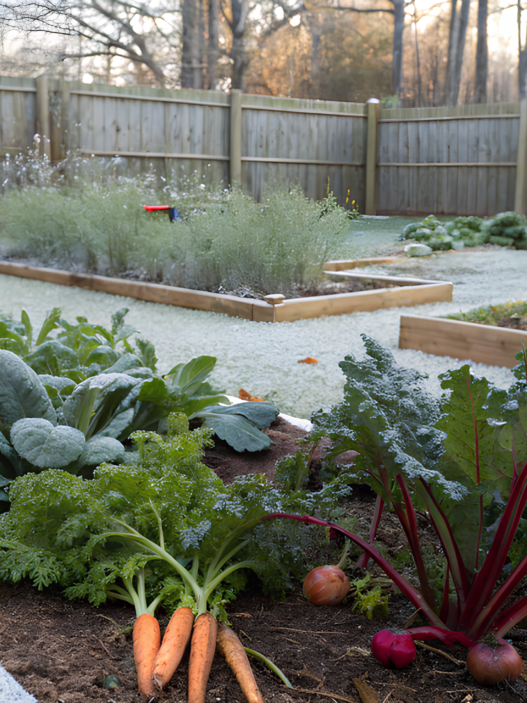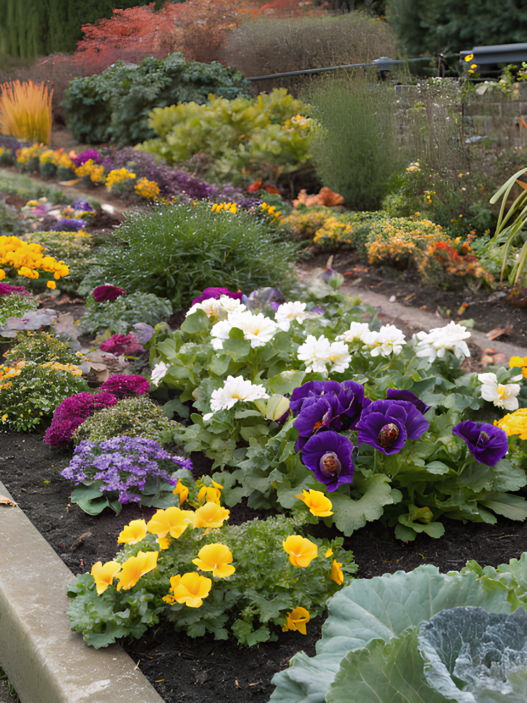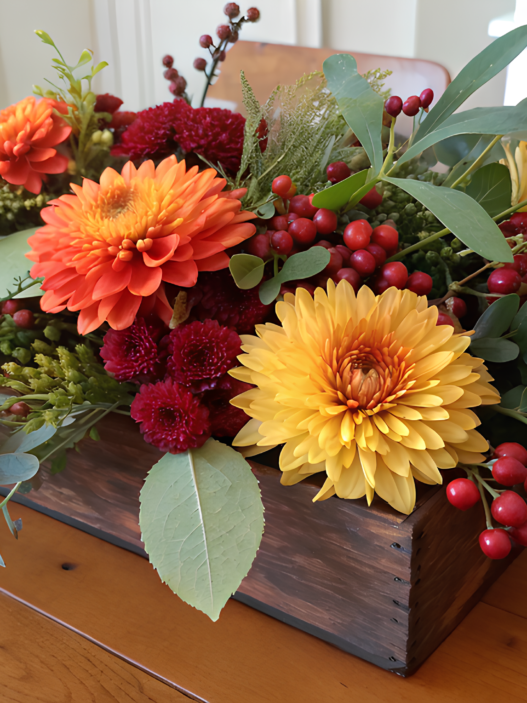Southern California is a true dream for gardeners, as it is possible to grow.a variety of crops year-round. However, even here in this paradise it is important to plan ahead, especially for a fall garden Southern California. And this is relevant for both experienced and novice gardeners. Only proper planning can give you a bountiful harvest of cold-tolerant crops. In this guide we will try to tell you exactly what to grow, how to prepare the plot and what steps to take for a fertile fall garden Southern California.
The uniqueness of fall gardening in Southern California
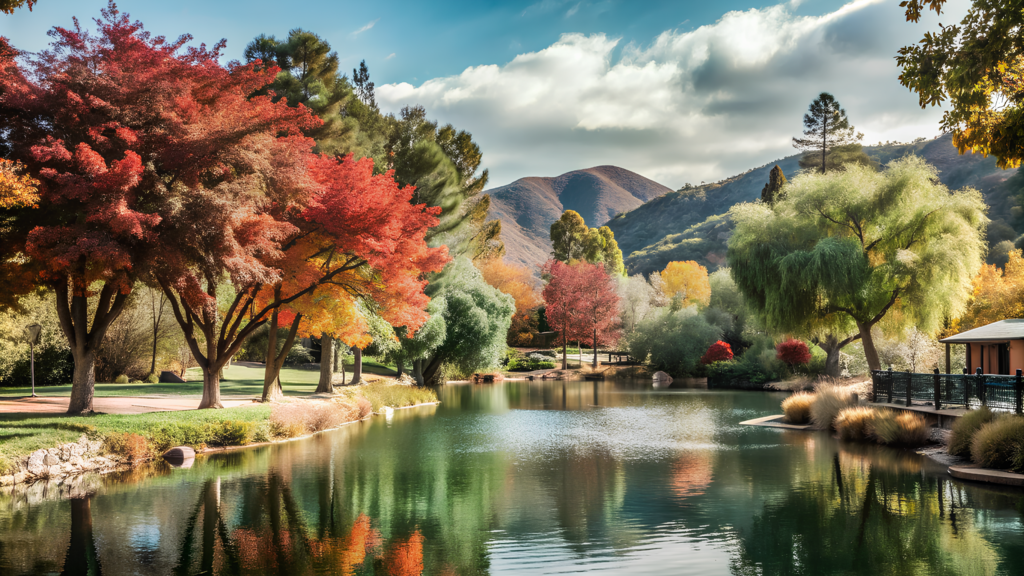
Southern California’s mild climate during the fall and winter months makes it possible to grow many crops that might be difficult to grow in other parts of the country. And in this climate, the combination of plenty of sunshine and cool temperatures makes all the difference in growing leafy vegetables, root vegetables, and some fruit-bearing plants.
Fall in Southern California is the best time of year for planting. The intense heat of summer is bad for plants, but the cooler fall weather allows them to grow in more comfortable conditions. Leafy vegetables like spinach and lettuce grow well in these conditions, while root vegetables like carrots and beets grow slowly in the soft soil.
Important factors for your fall garden
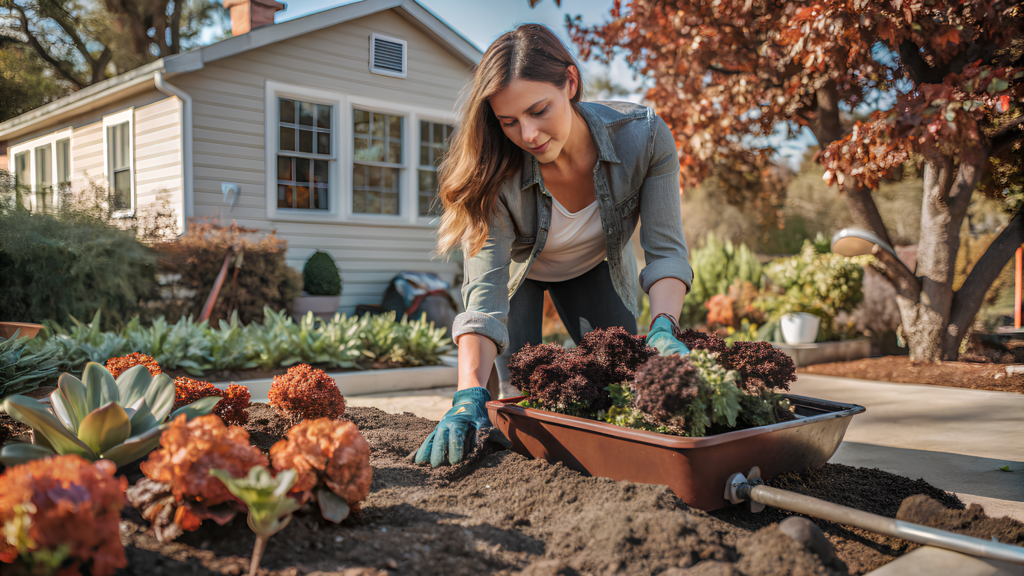
You need to know first and foremost what is required for your fall garden Southern California in the first place. Here’s what you need to consider:
1. Soil preparation
The key to the fertility of any garden is healthy soil. My personal experience tells me that it’s important to pay attention to your beds before planting. By the fall season, I try to fertilize the soil with nutrients that may have been used up over the summer. Adding compost is just the thing to enrich the soil.
Tip. A layer of mulch around the plants will help retain moisture and keep the soil temperature stable. This should be monitored as it is critical for germination.
2. Choosing the right crops for fall
It’s no secret that not all plants are suitable for planting in the fall. So, what should you plant in your fall garden Southern California? Here are a few crops that will do just fine:
- Leafy vegetables. Kale, spinach, Swiss chard and lettuce are great options. They grow in cooler temperatures and can yield several times a season.
- Root vegetables. Carrots, beets, radishes and turnips love fall weather and get sweeter as the weather cools.
- Cruciferous vegetables. Broccoli, cauliflower and cabbage are essential in the fall. They can tolerate light frosts that sometimes occur in the higher elevations of Southern California.
3. Watering Techniques
Fall in Southern California can be quite dry at times, so regular watering is essential. My garden’s drip irrigation system usually helps me out, and the plants get enough water without overwatering. But be careful not to overwater the soil, as this can cause mold.
Optimal Time for Fall Planting in Southern California
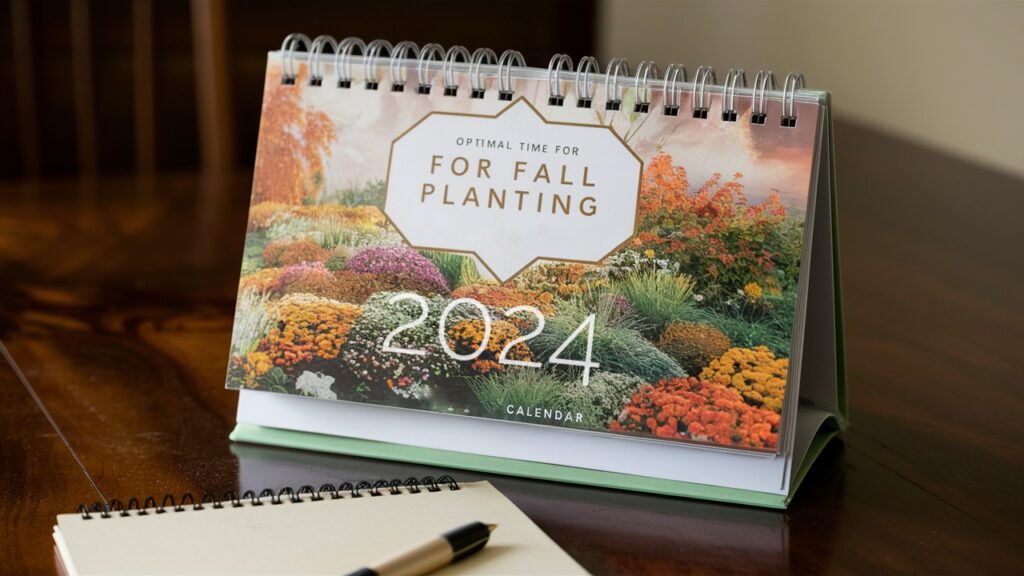
The optimal time for planting depends on the local microclimate. In Southern California, for example, planting can begin as early as late August and continue into October. Personally, I start my seeds closer to mid-September. This gives them plenty of time to grow before the cooler nights arrive.
Those living on the coast may have a little more flexibility with planting times. And those gardeners who live inland should start a little earlier, as the nights get colder faster there.
For more information on fall gardening Southern California, check out How to Prepare Your Garden for Winter.
Companion Planting: Maximize Your Garden’s Efficiency
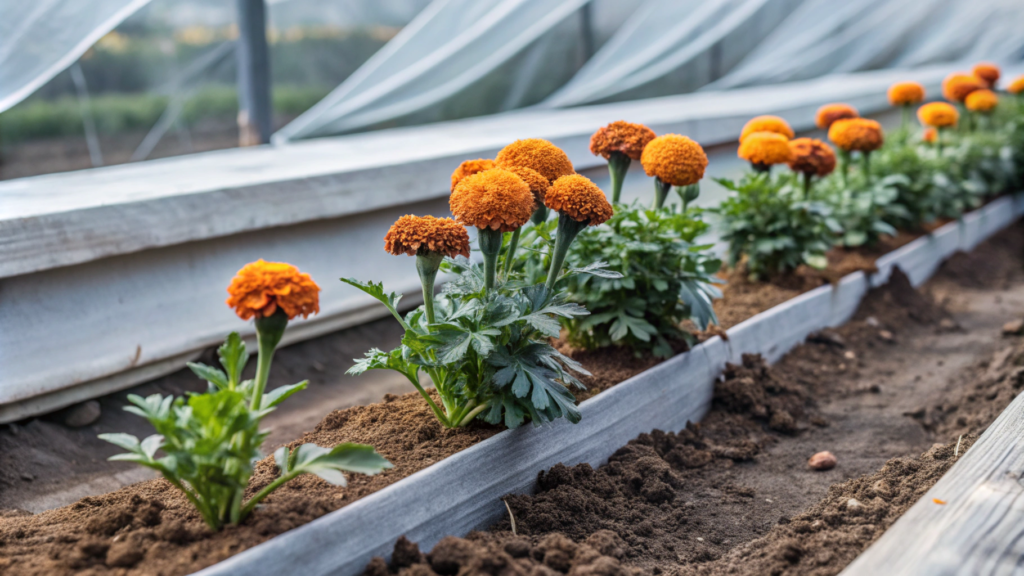
Many people have heard of companion planting, and I can confirm that it works and produces results. In my garden, I have found that planting marigolds next to vegetables helps repel pests. And planting nitrogen-fixing plants, such as beans, next to nutrient-hungry crops, such as broccoli, has a great effect on their growth.
A 2021 study published in the Journal of Applied Ecology found that companion planting is effective in reducing pests and improving plant health (source: Journal of Applied Ecology).
Learn more about companion planting by reading our guide here.
Watch for pests
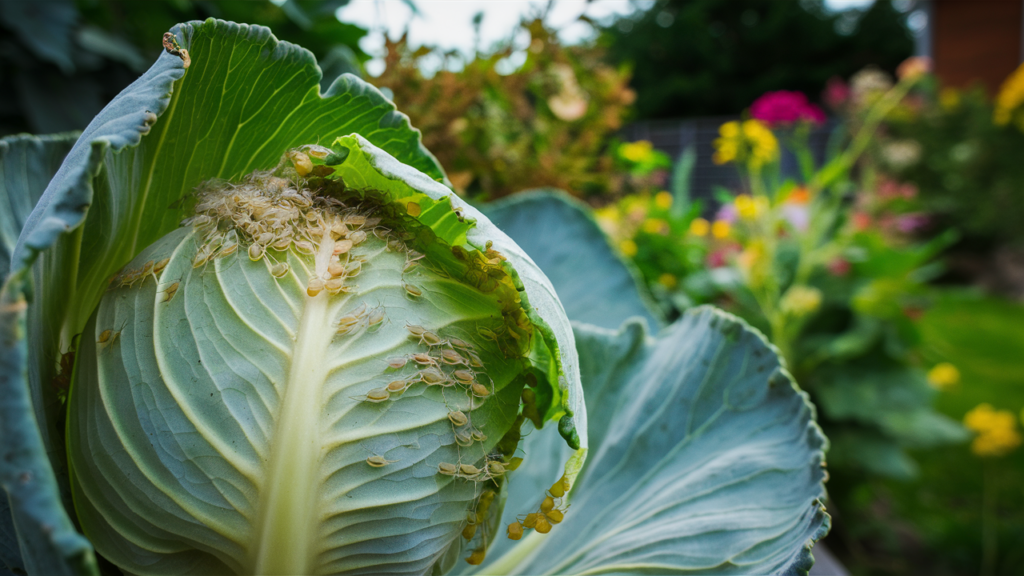
Yes, in the fall there are usually fewer pest problems than in the summer, but you still need to be vigilant and watch for pests like aphids and caterpillars. Last year I had a similar problem with aphids. They were very numerous on the cabbage and I was very upset. But in this case, a quick and easy solution is to release ladybugs into the garden. They are natural predators and will help you fight aphids without the need for chemicals. My cabbage was saved.
Recommended tools and products
To make it easier for you to set up your fall garden Southern California, here are a few things I use myself and can confidently recommend:
- Raised beds. For all gardeners, raised beds are a great way to control soil quality. I recommend the Best Choice Products Raised Garden Bed, available on Amazon.
- Drip Irrigation. Ensure efficient watering with the Raindrip Automatic Drip Irrigation Kit.
- Organic Compost. Charlie’s Compost Organic Fertilizer will help revitalize your soil and provide essential nutrients to your fall crops.
The Final Chord
Did you know that some root vegetables, like carrots, become sweeter after a light frost? The cold triggers the process of converting stored starches into sugar. That’s why we love fall, because it’s the time to plant such wonderful vegetables. You’ll end up with some of the most delicious carrots you’ve ever tasted.
If you prepare properly, fall gardening is not difficult at all, not only that, it can be very rewarding. Whether you grow leafy vegetables, root vegetables, or cruciferous vegetables, your fall garden Southern California will thrive and delight you with its vibrant harvest. And there’s nothing better than harvesting fresh vegetables for a fall dinner to which you’ll invite your family and friends.
So what are you waiting for? Grab your seeds, put on your gloves and start planting.
Your fall garden awaits!
